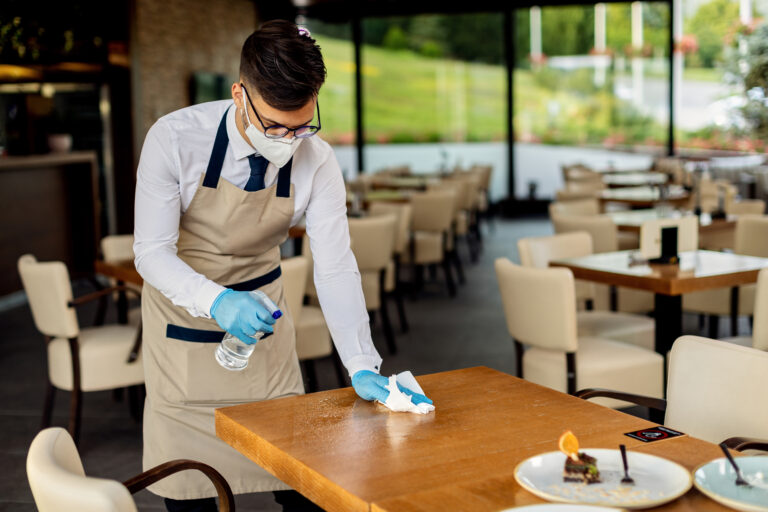Maintaining a clean home doesn’t mean exposing your family to harsh chemicals. With eco-friendly cleaning methods, you can achieve a spotless home while protecting your health and the environment. In this comprehensive guide, we’ll explore:
- The benefits of eco-friendly cleaning
- Essential non-toxic cleaning ingredients
- DIY natural cleaning solutions
- Eco-friendly cleaning habits
- Choosing green cleaning products
Let’s dive into the world of sustainable cleaning!
Why Choose Eco-Friendly Cleaning?
Traditional cleaning products often contain harmful chemicals that can impact air quality, irritate skin, and even contribute to long-term health issues. Here’s why switching to eco-friendly cleaning methods is beneficial:
✔ Healthier Home – Reduce exposure to toxins and allergens.
✔ Better for the Environment – Minimize chemical runoff and plastic waste.
✔ Cost-Effective – Many natural cleaning ingredients are affordable and multi-purpose.
✔ Improved Indoor Air Quality – Avoid synthetic fragrances and fumes from harsh cleaners.
Essential Ingredients for Non-Toxic Cleaning
Stock your cleaning cabinet with these natural and effective ingredients:
🌿 White Vinegar – Cuts grease, removes odors, and acts as a disinfectant.
🌿 Baking Soda – A natural deodorizer and scrubbing agent.
🌿 Lemon Juice – Antibacterial, removes stains, and leaves a fresh scent.
🌿 Castile Soap – A gentle yet effective plant-based soap for multiple uses.
🌿 Hydrogen Peroxide – Kills bacteria and removes stains without harmful fumes.
🌿 Essential Oils – Add antibacterial properties and natural fragrance.
DIY Natural Cleaning Solutions
1. All-Purpose Cleaner
Mix one part white vinegar, one part water, and a few drops of lemon essential oil in a spray bottle. Use it on countertops, glass surfaces, and sinks.
2. Natural Disinfectant
Combine one cup of hydrogen peroxide with water in a spray bottle. Use on high-touch areas like doorknobs, light switches, and remotes.
3. Carpet Freshener
Sprinkle baking soda mixed with a few drops of lavender essential oil on carpets. Let sit for 15 minutes, then vacuum.
4. Grease Cutter for Kitchens
Mix one cup of white vinegar with a few drops of dish soap. Apply to stovetops and greasy kitchen surfaces.
5. Streak-Free Glass Cleaner
Blend one cup of water, ¼ cup white vinegar, and a tablespoon of rubbing alcohol. Spray on mirrors and glass for a streak-free shine.
Eco-Friendly Cleaning Habits
✔ Use Reusable Cloths – Swap paper towels for washable microfiber cloths.
✔ Opt for Natural Sponges – Avoid synthetic sponges that contribute to microplastic pollution.
✔ Open Windows – Let fresh air in instead of using artificial air fresheners.
✔ Reduce Plastic Waste – Choose refillable cleaning products or make your own.
✔ Compost Food Scraps – Reduce kitchen waste and create natural fertilizer.
How to Choose Green Cleaning Products
If you prefer store-bought products, look for eco-friendly options with these labels:
🌱 USDA Organic – Indicates plant-based and non-toxic ingredients.
🌱 EPA Safer Choice – Ensures the product meets strict health and environmental standards.
🌱 Cruelty-Free – Products not tested on animals.
🌱 Biodegradable – Breaks down naturally without harming the environment.
Final Thoughts
Switching to eco-friendly cleaning doesn’t have to be complicated. By using simple, natural ingredients and adopting sustainable habits, you can create a healthier home for your family while minimizing environmental impact.
📅 Ready for a Green Clean? Let Clearwater Cleaning help with our eco-friendly cleaning services!




